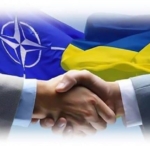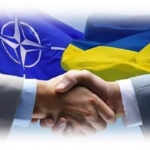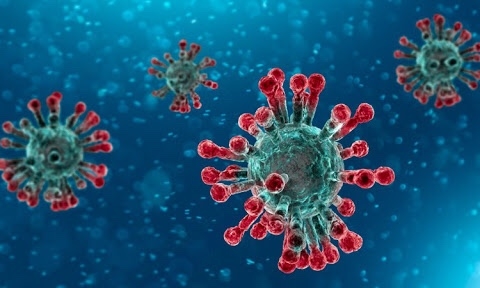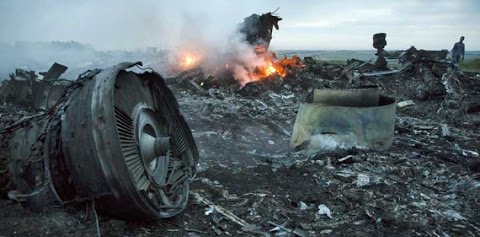Capable Logistician 2019 took place from 3- 13 June at Drawsko Pomorskie Training Area (DPTA) in Poland. The live field exercise was conducted by 12 units, “Multinational Integrated Logistic Units” (MILUs), and focused on command logistics and optimization of energy sources. It was an intensive multidisciplinary activity conducted according to NATO policies and standards. Smart Energy Unit is the most innovative between the units of this programme.

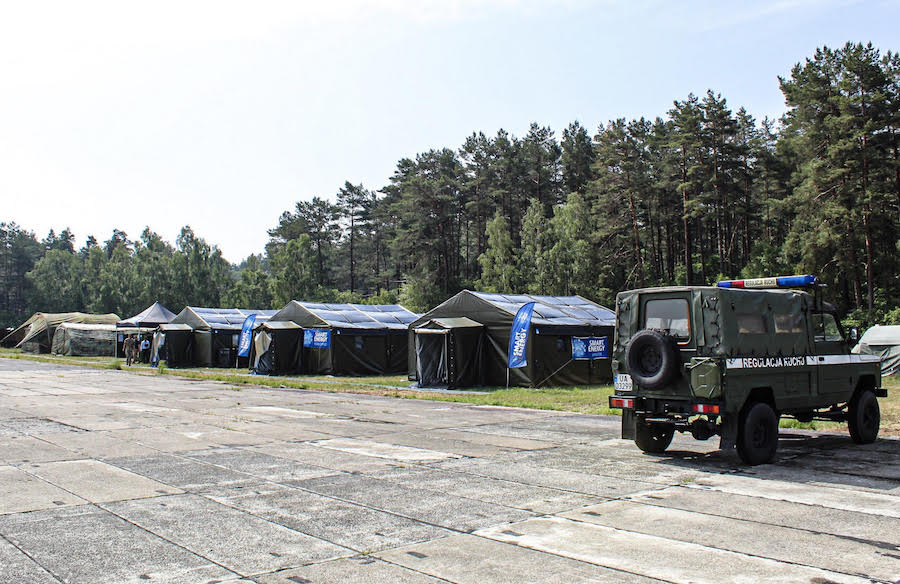
This year NATO Smart Energy Capable Logistician 2019 has come to its third edition with the aim to improve the interoperability of innovative camp equipment and demonstrations. The Italian Air Force has stood out for its great ability to develop innovative projects able to foster green economy and Smart Energy plans according to the Way Forward: “… improve the energy efficiency of NATO’s military forces through establishing common standards, diversifying energy supplies, in line with needs and conditions, using sustainable energy sources and integrating energy efficient components into exercises.”
An evolution to higher energy efficiency which aims to sustainable innovation. Third of its kind, after the first edition CL13 in Slovakia and the second edition CL15 in Hungary, NATO Smart Energy Capable Logistician 2019 has increased the green awareness in the military field and has helped a quick deployment and a profitable collaboration focused on smart energy in capability development by North Atlantic Treaty Organization’s Allies. 40 civil and military experts from Canada, France, Lithuania, Italy and US worked together in a shared scenario to demonstrate the potential of Smart Energy through innovative prototypes and experiments that can reduce water requirement and fossil fuel consumption by 80%, while guaranteeing qualitative and comfort standards in operations. These are optimal solutions that increase operational effectiveness, especially in critical environmental contexts.
Dr. Susanne Michaelis, Energy Security Section, Emerging Security Challenges Division NATO, explains: “The Nato Smart Energy is all about the reduction of fossil fuel consumption for armed forces. All this working with more efficiency diesel generators but also with more smart energy as efficient insulated tents for example, or with LED energy excipient lights. With these systems we reduce the diesel consumption and by reducing the diesel consumption we’re reducing environment and logistic footprint. Brand new technologies which already exist in the civil world are realistic and feasible for military use. It’s already quite robust, it has just to be skied down, become more mobile, flexible, modular, because we’re talking about NATO forces, multinational camps and then it has to be made soldier proof. I hope that they’re going to change the mindset. In NATO the military instrument should change and politics decide what this really needs to do and needs to change. In my hope there could be a breakthrough in smart energy in a year or two.”
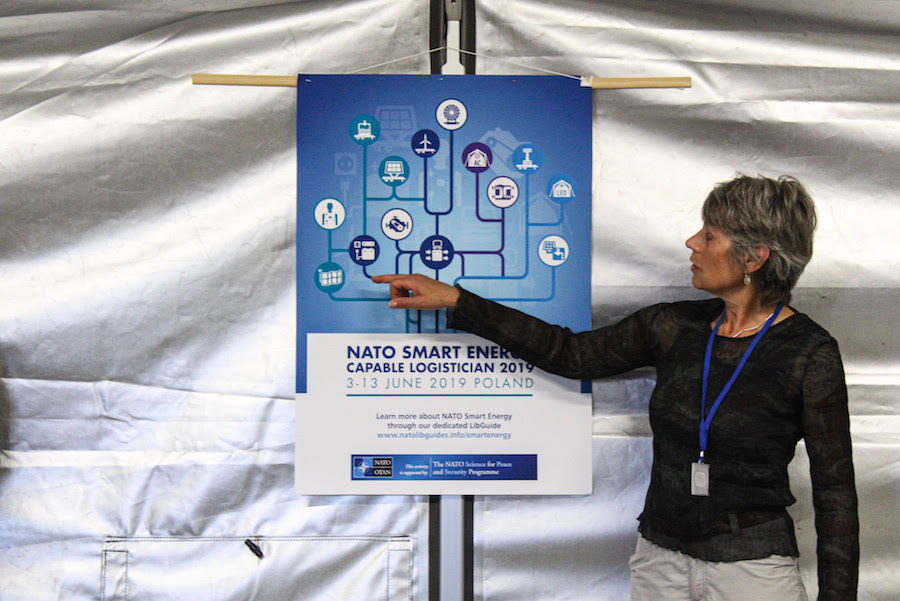
The Smart Energy CL19 focused on some weak points identified in the past exercises, like the lack of energy monitoring & data collection, and the lack of interconnectivity between energy components. As Dr. Susanne Michaelis says: “After the end of the second edition of NATO Smart Energy 2015, the problems of interoperability became clear to everyone deployments. We began to realize: there wasn’t a unique way to confirm the energetic efficiency results because there isn’t a yardstick.
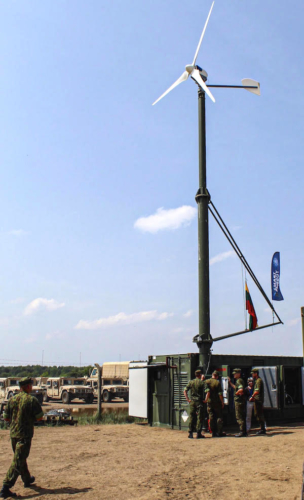
Besides the development of new technologies, the NATO 2019 project includes the analysis and collection of energy efficiency data. The project within Capable Logistician is dubbed “Camp Energy Efficiency”; it was launched in September 2018 with a budget of 620,000 Euro (USD694,400) to develop systems able to resolve the lack of energy monitoring & data collection and to increase energy efficiency with alternative strategies. It is a project to collect and exploit camp energy production more efficiently. 15 prototypes for alternative energy production and water depuration were set up in the Training Area of Drawsko Pomorskie, the operative fields of Ziemsko Arifield, Jelenie lake and Konotop. All the analysis and information were collected in the Power Box 10 managed by the Italian Air Force, a complete system for managing a hybrid system combining photovoltaic power generation with a genset and a storage unit, and the MicroGrid (US), a digital control system for information analysis and post processing.
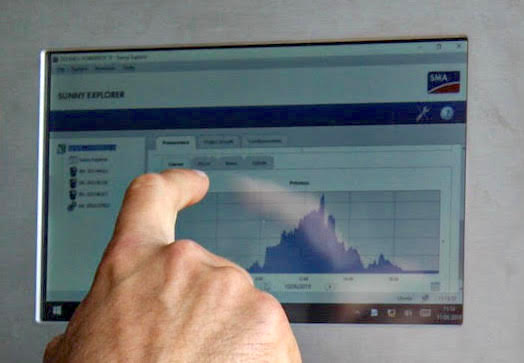
The Italian Air Force staff, in collaboration with a few Italian firms has presented projects and systems with high-tech materials in order to promote the use of high quality products with low weight, volume and energy consumption. Their supporting structure is made of special Carbon Hybrid and Thermocanvas materials which greatly reduce the heat and cool energy need of tents. The roofs of these structures are fitted with light, thin and flexible photovoltaic Smart Energy Management PV panels, supplied by G&G Partners. Made in polyester fabric with PVC protection, the photovoltaic panels provide the highest performance in terms of lightness, flexibility, power and time resistance even in difficult environmental conditions. The light and flexible photovoltaic panels are completed by “POWERBOX 10” to turn the energy impulses into immediately available electric power.

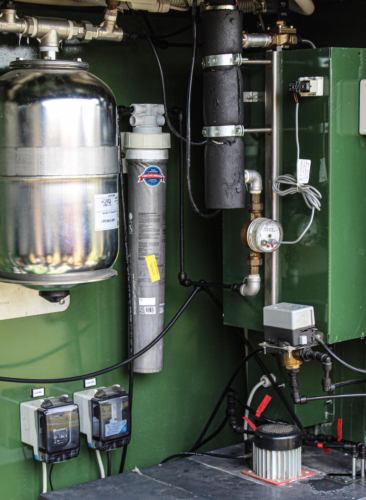
Solutions for water production and depuration (Italian AF) have been presented at Ziemsko Airfield. Veragon V12 Military is a machinery for water production that, replicating exactly what happens in nature, produces drinking and demineralized water extracting it from air humidity, using a minimum amount of electricity. The military model has been designed and developed to meet all the requirements of strength and transportability; it’s able to produce up to 800 liters of water a day (under optimal conditions). A strategic alternative solution to wells or to other water supply systems overall in desert and semi-desert areas. The Italian Air Force has presented also BIOFLY, a set of solar powered helipad lights that can be used in rapid field deployment.
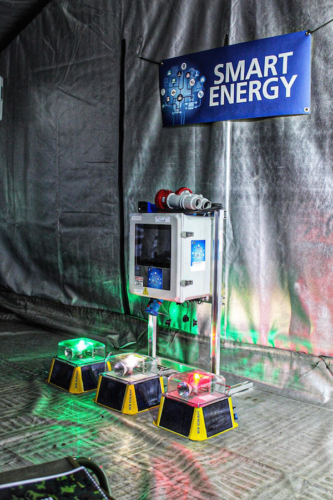
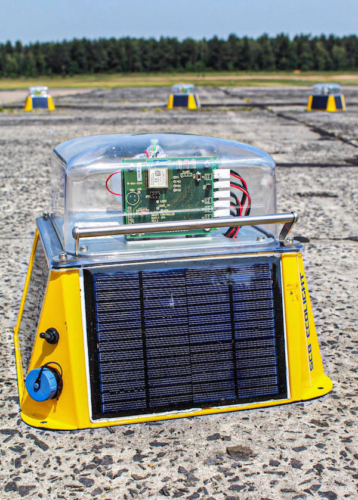
NATO Smart Energy Capable Logistician is an important area where innovative technologies and creative thinking meet. The 2019’s edition is a clear “win-win” outcome. A cohesive contest of interoperability to achieve the objectives, a strategy to think about the future in a sustainable way. The Italian Air Force has played an important role in a multinational scene keeping high the Italian research and production in the field of science and technology.





